Pavel D. Naselsky, Dmitry I. Novikov, Igor D. Novikov0521855500, 9780521855501, 9780511242205
Table of contents :
Cover……Page 1
Half-title……Page 3
Series-title……Page 4
Title……Page 5
Copyright……Page 6
Dedication……Page 7
Contents……Page 9
Preface to the Russian edition……Page 13
Preface to the English edition……Page 17
1.1 Introduction……Page 19
1.2 Current status of knowledge about the spectrum of the CMB in the Universe……Page 24
1.2.1 Electromagnetic emission from space……Page 27
1.3.1 Stars and stellar remnants in galaxies……Page 34
1.3.5 Massive compact halo objects (MACHOs)……Page 35
1.3.6 Ly-alpha ‘forest’ for redshifts………Page 36
1.3.7 Cosmological nucleosynthesis and observed abundance of light chemical elements……Page 37
Cosmic deuterium……Page 40
1.3.8 Global parameters of the present-day Universe……Page 41
The Hubble constant……Page 43
Hidden mass in galaxies and clusters……Page 44
2.1 Introduction……Page 51
2.2 Radiation transfer equation in the Universe……Page 52
2.3 The generalized Kompaneets equation……Page 56
2.4 Compton distortion of radiation spectrum on interaction with hot electrons……Page 57
2.5 Relativistic correction of the Zeldovich–Sunyaev effect……Page 58
2.6 The kinematic Zeldovich–Sunyaev effect……Page 62
2.7 Determination of H0 from the distortion of the CMB spectrum and the data on x-ray luminosity of galaxy clusters……Page 64
2.8 Comptonization at large redshift……Page 65
3.1 The inevitability of hydrogen recombination……Page 71
3.2 Standard model of hydrogen recombination……Page 75
3.3 The three-level approximation for the hydrogen atom……Page 76
3.3.1 Equations for the populations of hydrogen levels……Page 77
3.4 Qualitative analysis of recombination modes……Page 79
3.5 Detailed theory of recombination: multilevel approximation……Page 81
3.5.1 Dynamics of excited states of hydrogen and helium……Page 82
3.5.2 Radiation kinetics……Page 83
3.5.3 Thermal history of matter……Page 84
3.6 Numerical analysis of recombination kinetics……Page 86
3.6.1 The function xe(Omegadm)……Page 89
3.6.3 The function x(h)……Page 90
3.6.4 The function x(Omegam) in ‘open’ models……Page 92
3.7 Spectral distortion of the CMB in the course of cosmological recombination……Page 93
3.8 The inevitability of hydrogen reionization……Page 96
3.9 Type of dark matter and detailed ionization balance……Page 98
Evaluation of ionization efficiency, fnet……Page 100
Evaluation of the fraction, fS, of matter……Page 101
3.10 Mechanisms of distortion of hydrogen recombination kinetics……Page 106
3.11 Recombination kinetics in the presence of ionization sources……Page 108
4.1 Radiation transfer in non-uniform medium……Page 112
4.2 Classification of types of initial perturbations……Page 114
4.2.1 Scalar modes……Page 115
4.2.2 Vector and tensor functions……Page 117
4.3 Gauge invariance……Page 118
4.3.1 The Newtonian gauge……Page 119
4.4.1 Adiabatic (isentropic) modes……Page 120
4.4.3 Entropic–isopotential mode……Page 122
4.4.4 Isothermal mode……Page 123
4.4.5 The origin of potential functions……Page 124
4.4.6 Peculiarities of the inflaton potential……Page 125
4.4.7 Multicomponent inflation and generation of isopotential modes……Page 127
4.5 Newtonian theory of evolution of small perturbations……Page 129
4.5.1 Adiabatic perturbations……Page 131
4.5.2 Isopotential perturbations……Page 132
4.6 Relativistic theory of the evolution of perturbations in the expanding Universe……Page 133
4.7 Sakharov modulations of the spectrum of density perturbations in the baryonic Universe……Page 139
4.8 Sakharov oscillations: observation of correlations……Page 145
5.1 Introduction……Page 147
5.2 The Sachs–Wolfe effect……Page 149
5.2.1 Dipole anisotropy……Page 153
5.2.2 Quadrupole anisotropy of the CMB and higher harmonics……Page 157
5.2.3 Gravitational waves as sources of large-scale anisotropy of the CMB……Page 162
5.3 The Silk and Doppler effects and the Sakharov oscillations of the CMB spectrum……Page 165
5.3.1 Dissipation of perturbations in the hydrogen recombination epoch……Page 172
5.4 C(l) as a function of the parameters of the cosmological model……Page 173
5.4.1 Dark matter density in galaxies and galaxy clusters……Page 174
5.4.3 The cosmological constant……Page 175
5.4.4 The exponent of the spectrum of adiabatic perturbations……Page 176
5.4.5 Isopotential (isocurvature) initial perturbations……Page 177
5.4.6 Role played by massless neutrinos……Page 178
5.4.7 Massive neutrinos……Page 179
6.1 Introduction……Page 181
6.2 Electric and magnetic components of the polarization field……Page 186
6.3 Local and non-local descriptions of polarization……Page 188
6.4 Geometric representation of the polarization field……Page 191
7.1 Introduction……Page 197
7.2 Spectral parameters of the Gaussian anisotropy field……Page 198
7.3 Local topology of the random Gaussian anisotropy field: peak statistics……Page 201
7.4 Signal structure in the neighbourhood of minima and maxima of the CMB anisotropy……Page 205
7.5 Peak statistics on anisotropy maps……Page 206
7.6 Clusterization of peaks on anisotropy maps……Page 212
7.7 Minkowski functionals……Page 215
7.7.1 Computation of maps……Page 217
7.7.2 Calculation of the cluster area……Page 219
7.8 Statistical nature of the signal in the BOOMERANG and MAXIMA-1 data……Page 222
7.9 Simplest model of a non-Gaussian signal and its manifestation in Minkowski functionals……Page 225
7.10 Topological features of the polarization field……Page 229
8.1 Mission and instrument……Page 234
8.2.1 Hubble constant……Page 235
8.2.3 Cluster number counts……Page 237
8.2.5 Large-scale structure and supernova data……Page 238
8.2.6 Basic results of WMAP data analysis……Page 239
9.1 Introduction……Page 243
9.2 Secondary anisotropy and polarization of the CMB during the reionization epoch……Page 247
9.2.1 Attenuation of primordial anisotropy and generation of polarization……Page 248
9.2.2 Linear and quadratic Doppler effects……Page 253
9.3 Secondary anisotropy generated by gravitational effects……Page 255
9.4 Galactic and extragalactic noise……Page 257
10 Conclusion……Page 258
References……Page 261
Index……Page 272
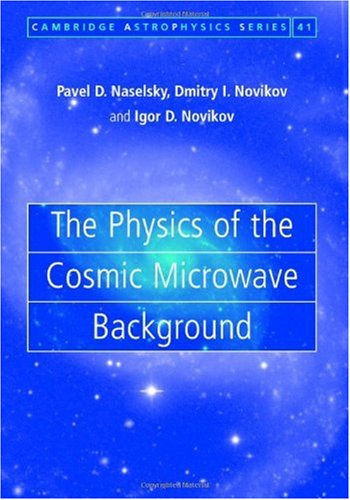

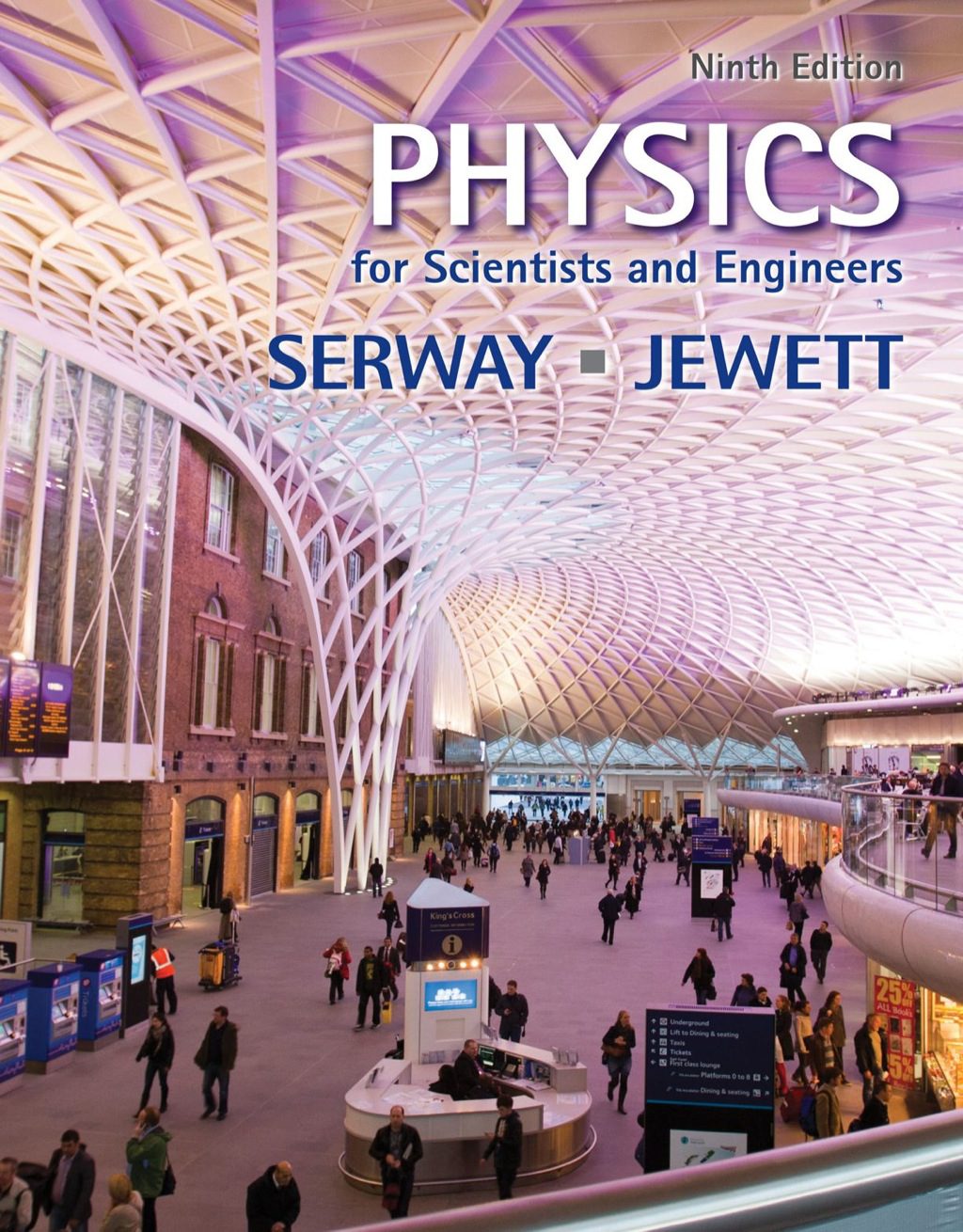
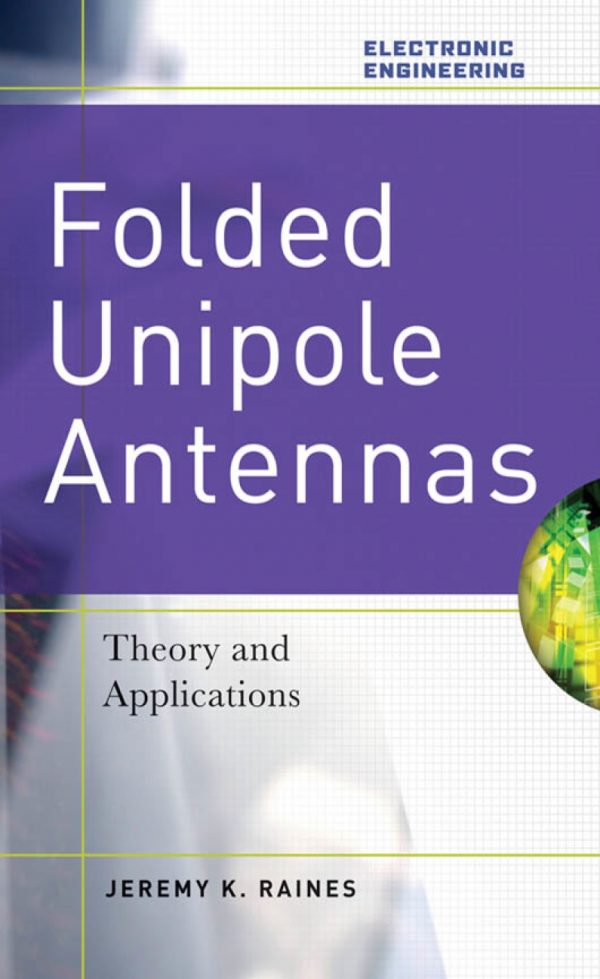
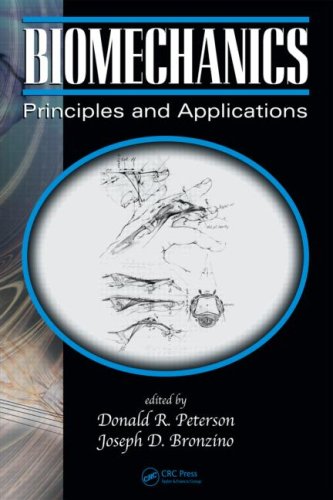
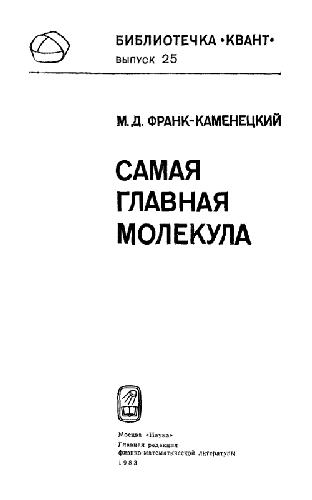
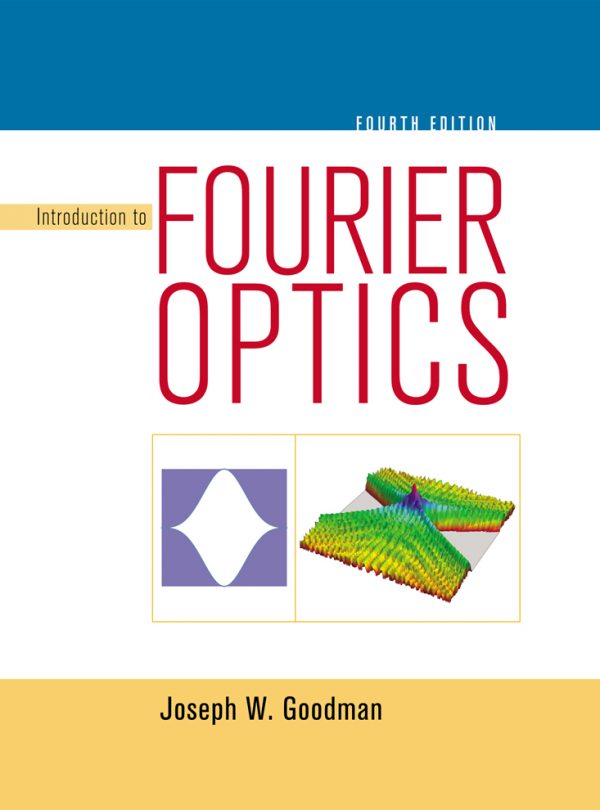
Reviews
There are no reviews yet.